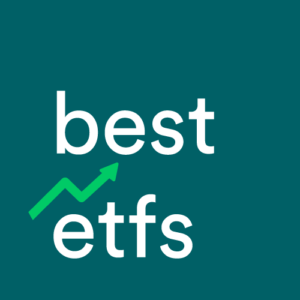Getting exposure to the Australian shares sector has never been easier thanks to ASX ETFs like the iShares S&P/ASX Small Ordinaries ETF (ASX: ISO). That said, no matter how easy it seems to be, we think it’s still important to do your own ETF review.
How the ISO ETF could be used in portfolios
The iShares ISO ETF provides exposure to 200 small cap Australian shares. This is a low-cost way to access small Australian companies through a single fund.
ISO exceeds our minimum market cap (FUM) criteria
The iShares ISO ETF had $136.32 million of money invested when we last pulled the monthly numbers. Given ISO’s total funds under management (FUM) figure is over $100 million, the ETF has met our minimum criteria for the total amount of money invested, otherwise known as FUM. We draw the line at $100 million for ETFs in the Australian shares sector because we believe that relative to smaller ETFs, achieving this amount of FUM de-risks the ETF.
ISO’s fees & costs explained
iShares charges investors a yearly management fee of 0.55% for the ISO ETF. This means that if you invested $2,000 in ISO for a full year, you could expect to pay management fees of around $11.00.
For context, the average management fee (MER) of all ETFs covered by Best ETFs Australia on our complete list of ASX ETFs is 0.51% or around $10.20 per $2,000 invested. Keep in mind, small changes in fees can make a big difference after 10 or 20 years.
Bottom line
This is just a quick overview of the ISO ETF. Before ‘testing the depth of water with both feet’ so to speak, be sure to read the ISO ETF’s Product Disclosure Statement (PDS), available on the iShares website, or speak to your financial adviser. For another handy resource, take a look at our iShares ISO report. You can also use our complete list of ASX ETFs to search for a few different ETFs in the sector and conduct a side-by-side comparison using everything you’ve learned here.
[ls_content_block id=”4954″ para=”paragraphs”]




